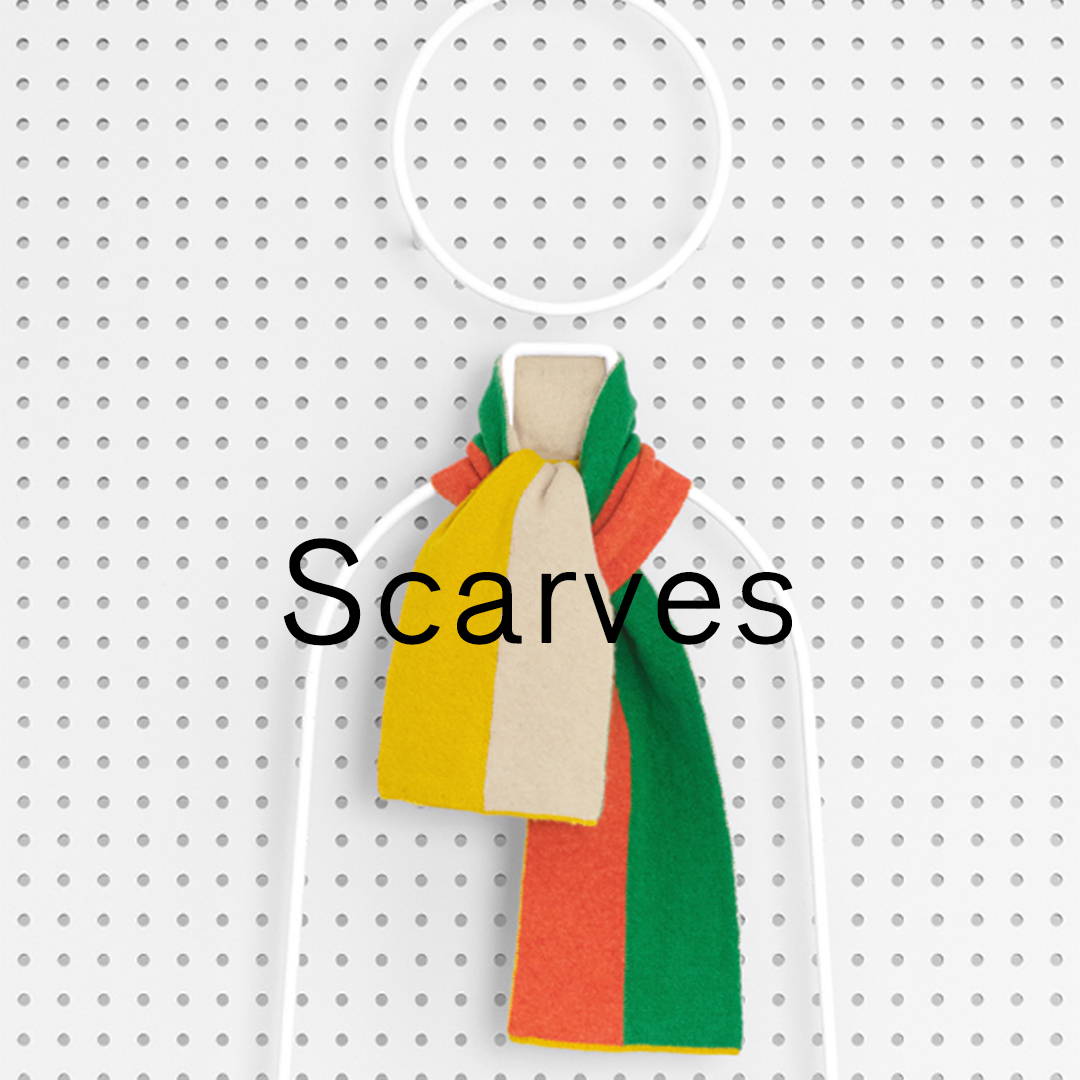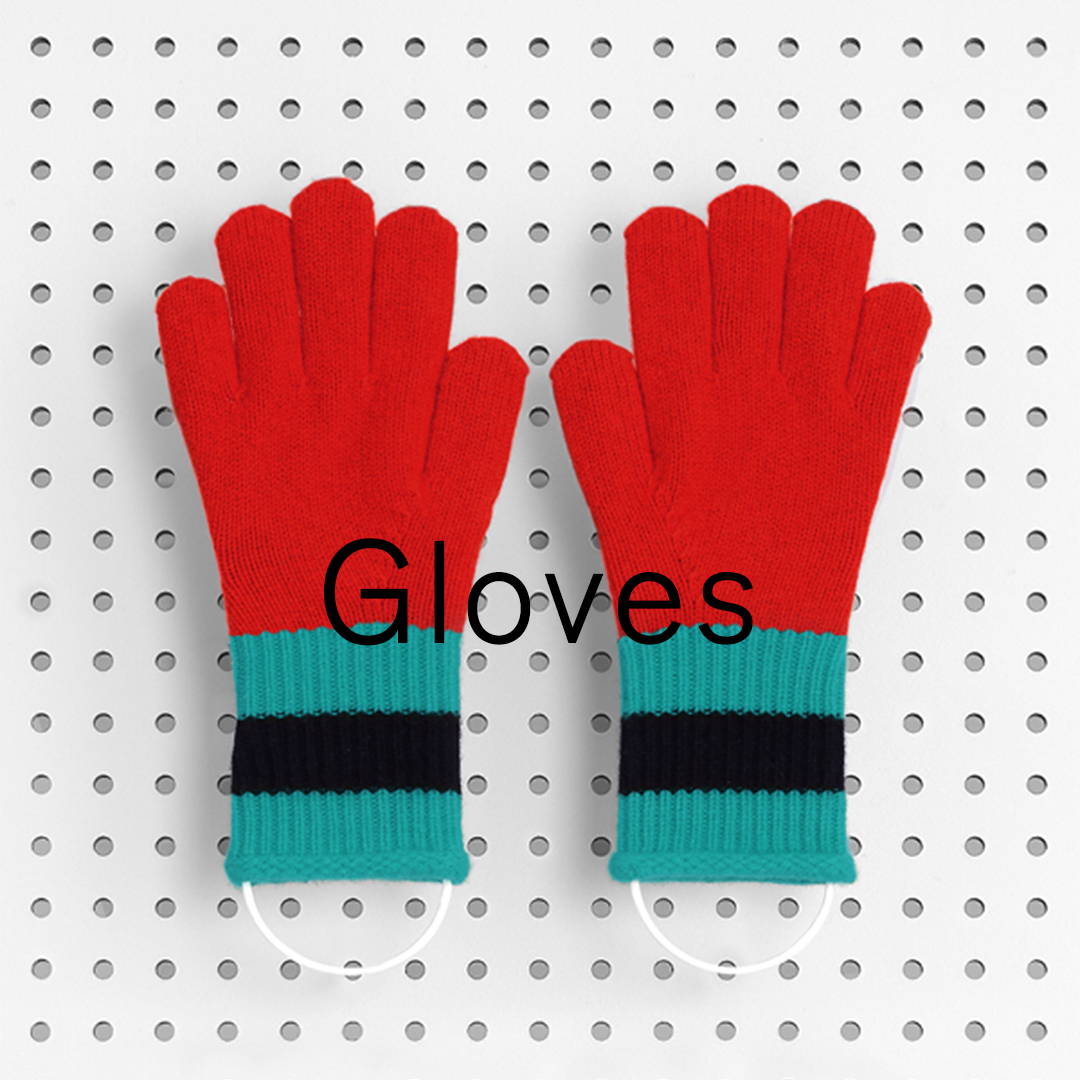06 Nov, 2020
We have been selling Tammys - a large floppy beret with a pompom - historically called bonnets, for over 20 yrs. The name ‘Tammy’ derives from Tam o' Shanter, the eponymous hero of the 1790 Robert Burns poem. They have been made in Stewarton, Aryshire in south west Scotland since the 16th Century. The town is renowned for bonnet making and is known as the ‘Bonnet Toun’. Originally the blue bonnet was the customary workwear of Scottish labourers and farmers.
The records of the original Guild of Bonnet Makers date back into the 17th century. It was only men who knitted bonnets. They appointed inspectors or ‘sichters’ to inspect the quality of the bonnets. Fines were imposed for underweight bonnets, weighing bonnets when they were wet, or going to work in Kilmarnock when there was an ‘idle set’ in Stewarton - these were periods when the Guild ordered production to stop, as an excess of bonnets could mean a drop in the selling price.
Bonnets were knitted by hand, using pique needles, which were about 23cm in length. A leather belt was strapped around the knitters’ waist, and extra needles were pushed into the belt, these were pulled out as the bonnet increased in size. Once complete, the bonnet was dyed using woad which produced the distinctive indigo colour. It was then steeped in urine to help make it waterproof! After which it was stretched on a stretching stool and loose ends were cut off using large shears, and a carding brush combed out the pile on the finished bonnet.
Modern Tammys are knitted on a zero-waste knitting machines that fully shapes them. They are made of a dense firm knit, which is extremely warm and windproof. If you want a warm head this winter get yourself a Tammy!
06 Nov, 2020
We have been selling Tammys - a large floppy beret with a pompom - historically called bonnets, for over 20 yrs. The name ‘Tammy’ derives from Tam o' Shanter, the eponymous hero of the 1790 Robert Burns poem. They have been made in Stewarton, Aryshire in south west Scotland since the 16th Century. The town is renowned for bonnet making and is known as the ‘Bonnet Toun’. Originally the blue bonnet was the customary workwear of Scottish labourers and farmers.
The records of the original Guild of Bonnet Makers date back into the 17th century. It was only men who knitted bonnets. They appointed inspectors or ‘sichters’ to inspect the quality of the bonnets. Fines were imposed for underweight bonnets, weighing bonnets when they were wet, or going to work in Kilmarnock when there was an ‘idle set’ in Stewarton - these were periods when the Guild ordered production to stop, as an excess of bonnets could mean a drop in the selling price.
Bonnets were knitted by hand, using pique needles, which were about 23cm in length. A leather belt was strapped around the knitters’ waist, and extra needles were pushed into the belt, these were pulled out as the bonnet increased in size. Once complete, the bonnet was dyed using woad which produced the distinctive indigo colour. It was then steeped in urine to help make it waterproof! After which it was stretched on a stretching stool and loose ends were cut off using large shears, and a carding brush combed out the pile on the finished bonnet.
Modern Tammys are knitted on a zero-waste knitting machines that fully shapes them. They are made of a dense firm knit, which is extremely warm and windproof. If you want a warm head this winter get yourself a Tammy!




